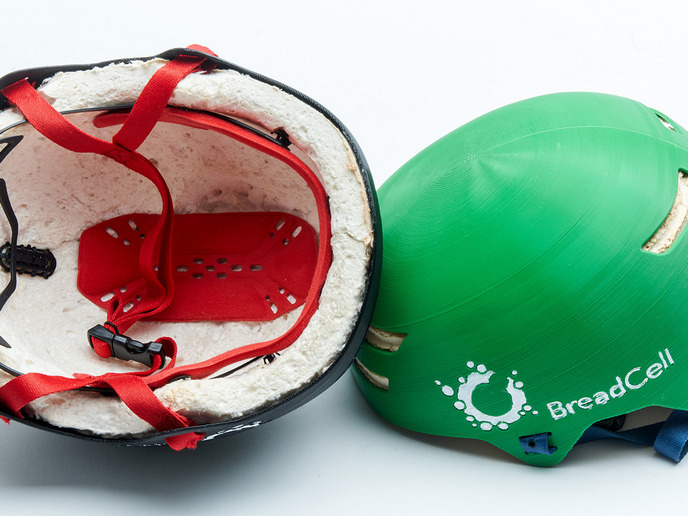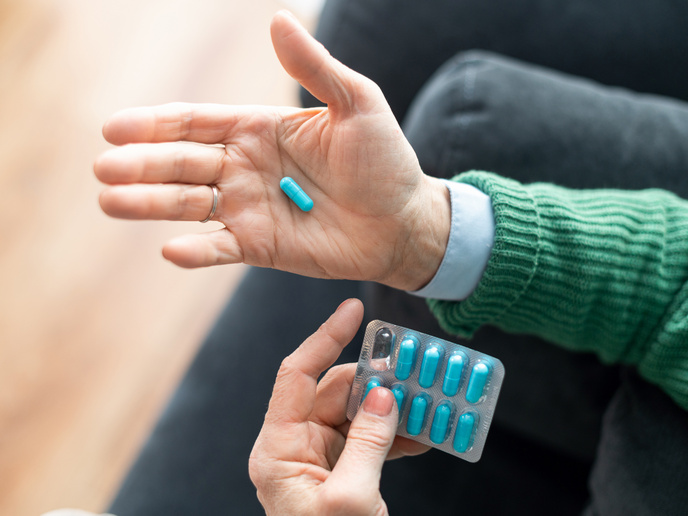How fibre-based foams could replace polluting polymers in sports, safety and construction
Plastic foams are everywhere: in bicycle helmets, packaging, construction panels and car interiors. But most of these are made from fossil-based polymers that don’t break down, generate microplastic pollution, and can’t be recycled. The EU-funded BreadCell project(opens in new window) developed a foaming process based on cellulose fibres from papermaking pulp production. These renewable materials were turned into lightweight, biodegradable composite foams that match the performance of plastic-based alternatives and are already being tested in sports and safety gear.
From liquid fibre suspensions to functional safety gear
BreadCell developed a new method for transforming wet suspensions of cellulose and xylan-rich fibres into porous, structured foams. These were then shaped into demonstrators, including a skateboard, a helmet and a bodyboard, showing their potential in real-world applications. One stand-out property emerged during helmet testing: the foam’s ability to reduce rotational acceleration in head impacts, a major risk factor for brain injuries. BreadCell’s fibre foams were shown to absorb and disperse this angular momentum effectively. At the engineering level, a core challenge lay in understanding how the foams behave as they dry and cure. “The biggest engineering surprises have been on how untouched the ground is to analytically be able to look at the development of the porosity during transforming the wet foams into dry foams,” says Tiina Nypelö, BreadCell coordinator.
Tuning pore structure for strength and stability
To better understand mechanical behaviour, the team used Micro-CT imaging to study how the foam’s internal pore network evolves. These 3D scans revealed strong density gradients that directly affect compressive strength, especially in safety-critical applications like helmets or car interiors. Testing showed that density variations within the foam reduce apparent stiffness. A meta-modelling technique was developed to bridge this gap by combining Micro-CT data and stress-strain results. As project partner Florian Feist explains, “Current testing methods underestimate the foam’s true mechanical potential by more than 50 %.” In construction applications, semi-hybrid sandwich panels that combine foam cores with kraft paper decks demonstrated significantly improved compression, flexural, and lap shear strength. Mechanical testing confirmed that these layered structures outperformed standalone foam, with improved stiffness and durability.
Designing for safety, scalability and sustainability
BreadCell materials are not only effective but also safe and scalable. The team validated the non-toxicity of all ingredients and demonstrated that the foams are biodegradable and recyclable, similar to paper, under CEPI(opens in new window) protocols. The project focused on feedstocks that are already widely available. “Our main foam components are available industrially on a large scale, which is a big advantage,” says Nypelö. The cellulose fibres are not by-products, but the main output of pulp mills, produced at over 160 million tonnes annually. Xylan is also present in most chemical pulps, especially those used for papermaking. This broad availability, coupled with safe-by-design principles and environmental compliance, positions BreadCell as a scalable alternative to synthetic foams, with applications in packaging, mobility, sports, and the built environment.







